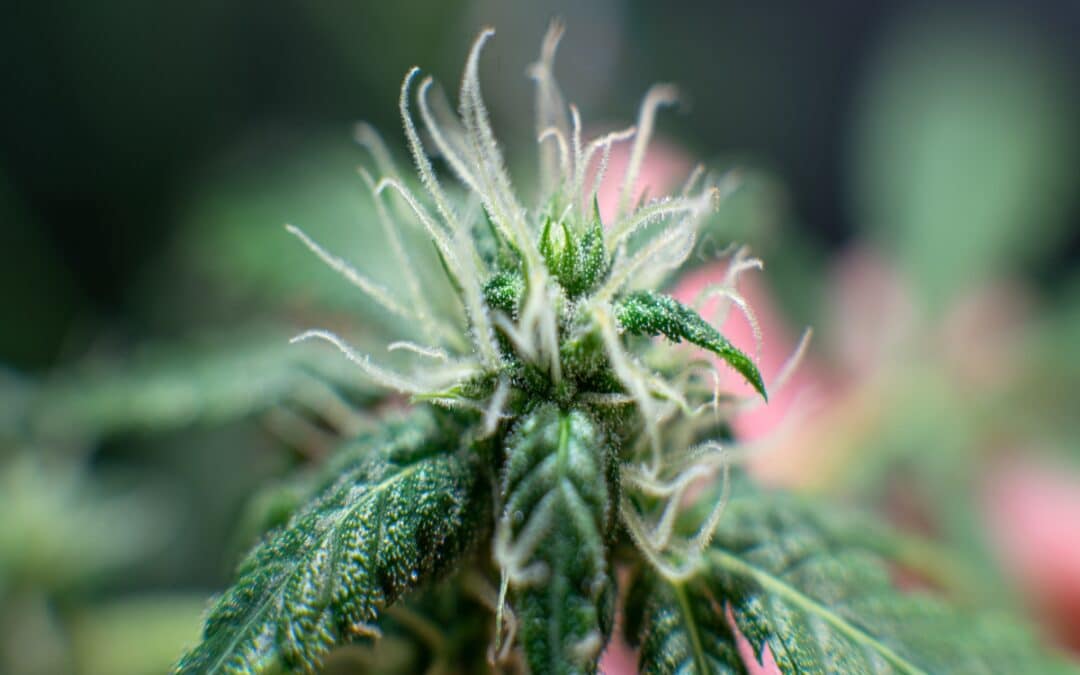Maximizing cannabinoid content in general and THC levels, in particular, is the biggest issue for many cannabis growers. Naturally, producers seek to maximize the genetic potential of their plants, increasing the terpene production of each distinct strain to bring out the best in its flavors, smells, and therapeutic benefits.
The flavor and scent features of a strain can be significantly influenced by methods to increase terpene synthesis. Although these methods are simple to use, the effects are powerful.
Important Benefits of Terpenes
The fundamental components of plant essential oils are terpenes, which are basically hydrocarbons. The volatile scents produced by hydrocarbons have numerous advantages for plants, including disease prevention, insect deterrence, pollinator attraction, and the attraction of beneficial pest predators. Additionally, terpenes have a variety of medical benefits, including antifungal, antiviral, anticancer, anti-inflammatory, antihyperglycemic, antiparasitic, antioxidant, and antibacterial.
Here are six ways to increase terpene production for a more colorful, fragrant, and effective flower.
Choose the appropriate terpene profile
You’ll get off to a great start if you start with strains that have been developed specifically for terpene production. Read the strain-description of the seeds you intend to purchase carefully and choose a terpene profile that has the qualities you desire. Selecting superior genetics is one approach to make sure your plants are terpene-rich. The terpene profile of your plants is significantly influenced by the quality of your seeds.
Fertilizing
No matter which production technique you follow, it’s crucial to limit the use of fertilizer. This is because secondary metabolites may be adversely affected by overfeeding plants. You should always look for the sweet spot where both yield and resin content have reached their potential by considering them to some extent as a counterbalance.
Harvesting
Avoid harvesting too early or too late so as to achieve the best potency. A premature harvest will prevent the plant’s biology from fully maximizing the terpene and cannabinoid content. On the other hand, if you harvest too late the trichomes will begin to have an amber look as their contents start to deteriorate.
Organic Nutrients
Without affecting flavor or odor with synthetics and chemicals, organic nutrients enable your plant to reach its maximum potential. When a plant is grown organically, its rich terpene profile allows you to enjoy it as nature intended. Additionally, there are additives like amino acids and carbohydrates/sugars that will encourage your plant to produce more terpenes.
Furthermore, nothing is better for growing cannabis than premium organic living soil. In order to be considered “living,” anything must be abundant in bacteria, fungi, protozoa, nematodes, arthropods, and even earthworms.
Light Levels
One of the most crucial elements in growing is lighting, which is especially necessary for the formation of terpenes. Trichomes naturally create resin to help shield plants from too much light, a feature that growers can make use of. During flowering, exposing plants to UV-B lights for about two to three weeks will readily increase trichome production.
Stress your Plants Responsibly
Some growers believe that when it comes to cannabis production, a little bit of plant stress is beneficial. According to this, mild degrees of stress, such as those caused by training or tying down your plants (or even by defoliating), can induce enough stress to raise terpene levels without harming the health of the plant as a whole.
When looking for terpene-rich buds, techniques like low-stress training are a fantastic choice. By gently bending, morphing, and directing the growth of branches, plants can grow in a specific shape.

